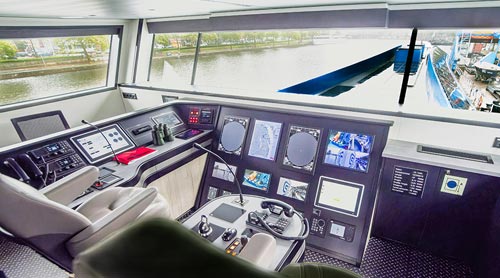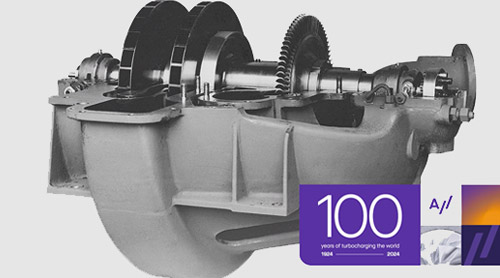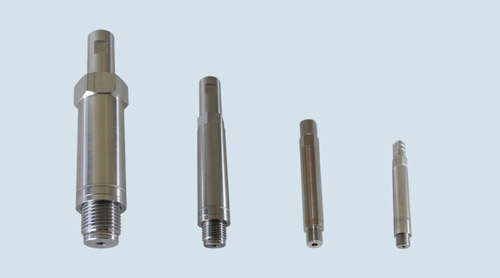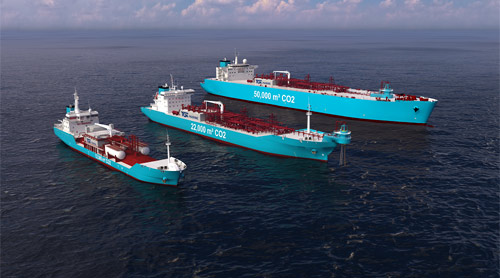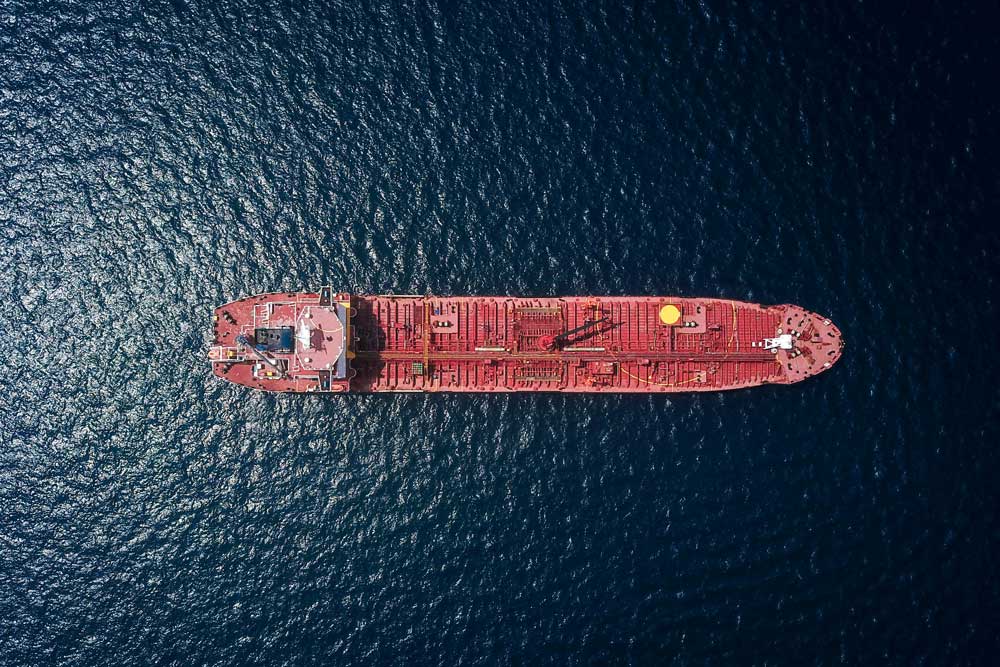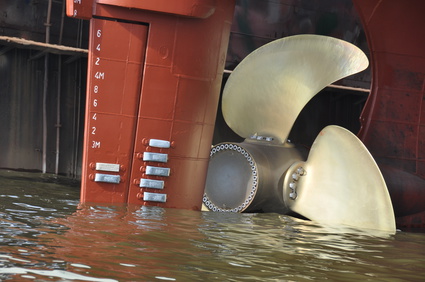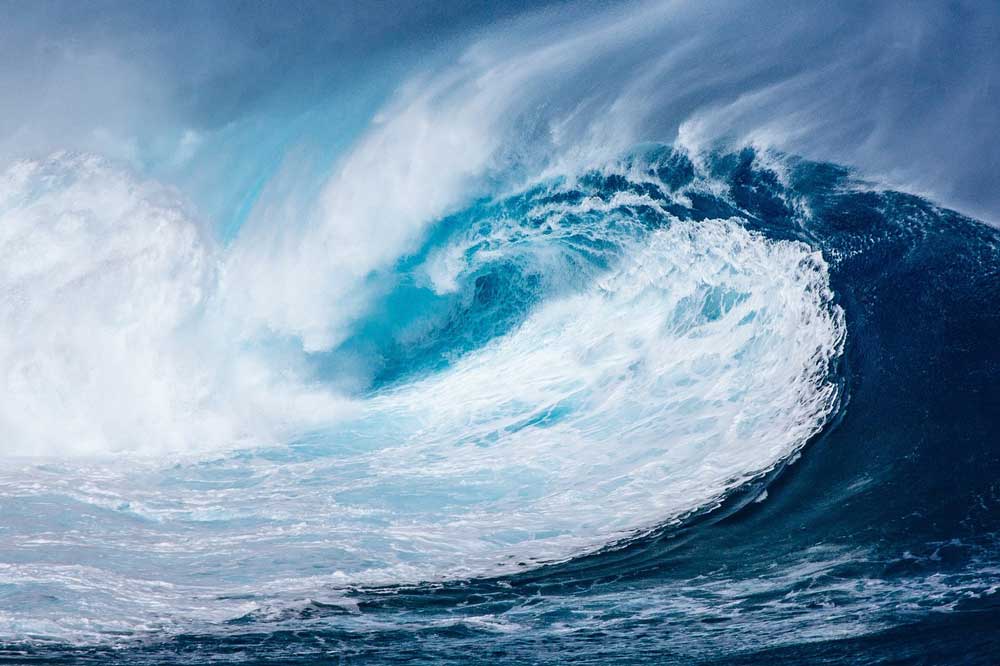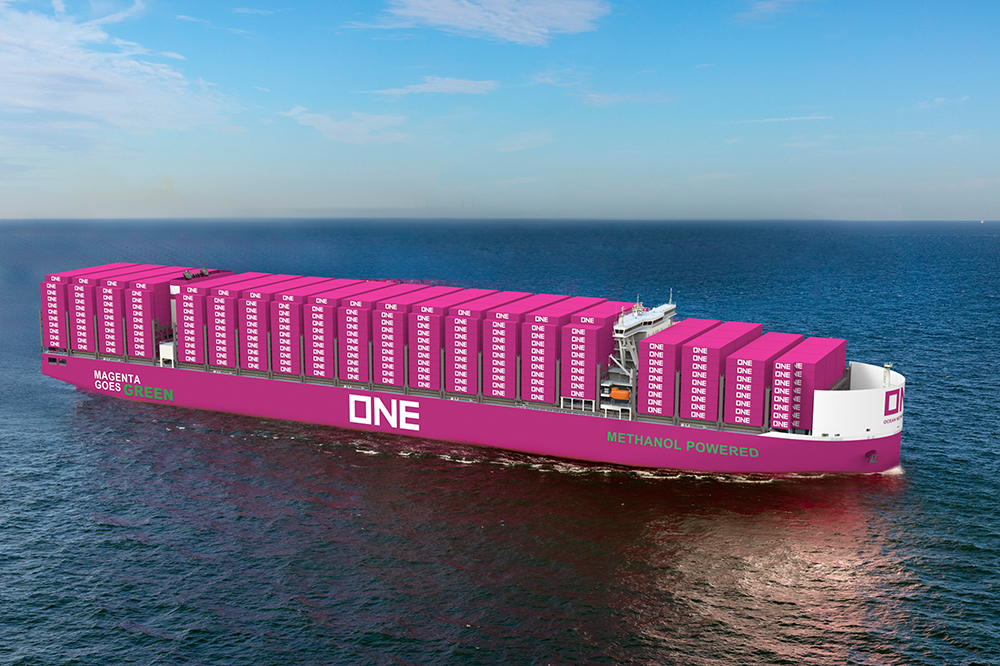The Rotterdam World Gateway (RWG) container terminal has decided to supply the entire quay with shore power for all ships.
The RWG terminal is already fully automated and CO2-neutral. The port authority announced today that the construction of the shore-side power system will also prevent emissions of particulate matter, nitrogen, and CO2 from ships on the quay in future.
RWG is a merger of the shipping companies MOL, HMM, CMA CGM, and the terminal operator DP World. The terminal has a handling capacity of 2.35 million TEU and is located on the Maasvlakte.
The first berths are expected to have shore power from 2026. This puts RWG “one step ahead” of European regulations, according to the statement. These stipulate that all container, passenger, and cruise ships with over 5,000 gross registered tons in European ports must use shore power by 2030.
RWG decided to plan, finance and build the shore-side power supply systems itself. The Port of Rotterdam Authority and RWG signed a Memorandum of Understanding in which agreements were made on the exchange of knowledge and data on the installation and use of shore power and the necessary construction work on the quay walls and fenders.
“Shore power is an important part of the energy transition”
Boudewijn Siemons, CEO & COO of the Port of Rotterdam Authority, said: “Shore-side power is an important and necessary part of the energy transition. Ships connected to shore power improve air quality and reduce noise levels. In this way, we are helping to make the logistics chain via Rotterdam more sustainable for our joint customers.”
RWG CEO Ronald Lugthart emphasised that the expansion of shore-side power is an essential part of the company’s investment programme, which is aimed at emission-free storage and handling of containers.
The municipality of Rotterdam and the Port of Rotterdam Authority are reportedly working together to accelerate the use of shore power by seagoing vessels in the port of Rotterdam. The aim is for the majority of ocean-going vessels to be connected to a “power socket” at berth by 2030. In cooperation with port and shipping companies, a number of projects will aim to accelerate and expand the expansion of shore-side power supply in the coming years.












